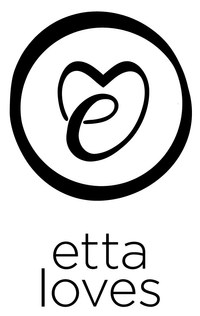THE SURPRISING WAY YOUR BABY SEES THE WORLD
Your baby is amazing, as is watching them develop at an astounding rate over their first year. Their eyes play a huge part in this wonder, as when a baby is born they have very limited vision, having spent 9 months in the dark, but on arrival into the world connections amongst their brain cells surge in response to their brand new visual experience.
Vision is a rapidly developing sense and babies have to learn how to see, which is utterly fascinating to watch. The more a baby uses their vision, the more the connections form between their eyes and brain and their vision improves, and the more you’ll notice them interacting with their surroundings and fixating on new things.
A lot is said about young babies only seeing in black and white, but this actually isn’t true. We know this from research that shows that even newborn babies can detect some highly saturated colours from birth, such as a strong red. However, what is true is that an infant’s vision is very inaccurate vs. an adults, so the world is a blurry place to start with and as a result babies love looking at high contrast patterns, with black and white offering the highest of contrasts.

This is how a newborn sees our fern print
What’s also fascinating is that a newborn’s visual system is set to seek out faces, and they will look towards the hairlines, eyes and mouth to find the contrast and help them to recognise the person in front of them - so your face will always be one of their favourite things to look at.
Babies’ love patterns and prefer to look at a pattern than a plain surface. Between birth and 2 months old babies love looking at patterns made up of lines, whereas from 2 months onwards they prefer round shapes, especially bullseyes, and by 4 months old they will already enjoy looking for odd ones out! Exposure to lots of patterns is of crucial importance in a baby’s visual development because patterns offer an important source of information about their environment, and in fact research has shown that babies require patterned input for proper cognitive development.
When it comes to colour, the world remains rather muted for our little ones for most of their first year, think of it as if the saturation dial is turned down on all the colours that we take for granted. Babies are born with the receptor cells to detect colour, but they are immature so it takes time for these cells to develop and for the brain to make sense of the signals from them and enable them to see in technicolour.
From birth consider introducing a strong red alongside black and white, followed by green, blue then strong yellow. Your little one will not be able to detect more subtle and pastel colours until much later on, closer to their first birthday, so try to ensure that you choose things for them that are visible at the stage of their development for playtime, but keep pale shades and pastels for their bedroom as it will keep it a calming space that doesn’t overstimulate them.
Overall, the world provides a great mix of stimulation for a baby to allow their senses to develop, and by understanding the stage of their visual development you can show them things they’re likely to be attracted too and watch how they respond. And of course everything we do here at Etta Loves is designed by experts in infant vision to offer the perfect visual and cognitive stimulation for their age.
Take a look at our clever and stunning range here




